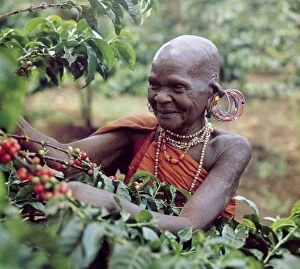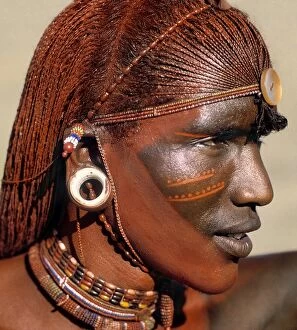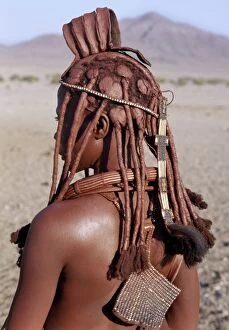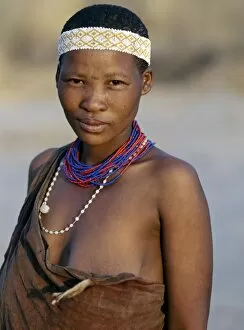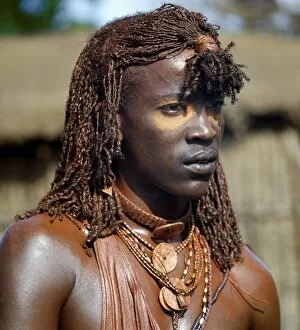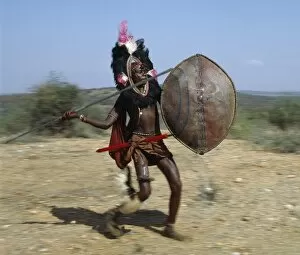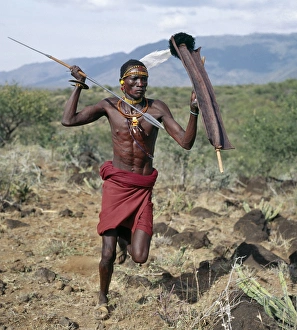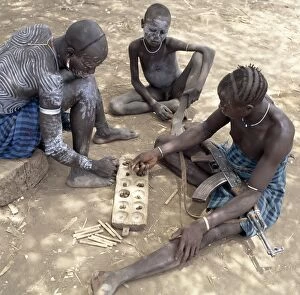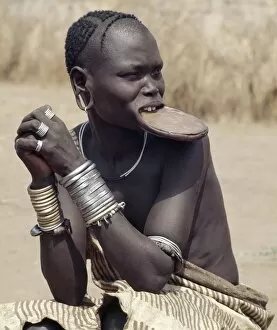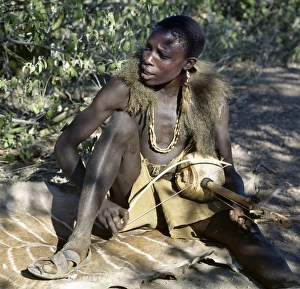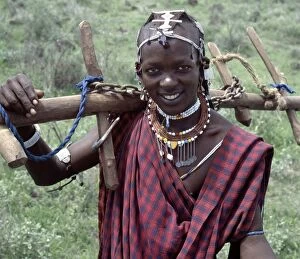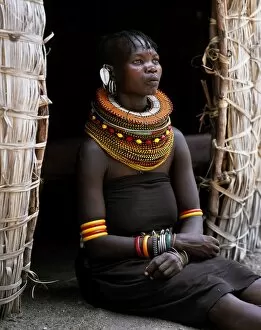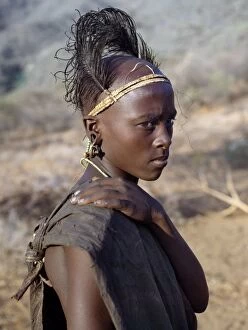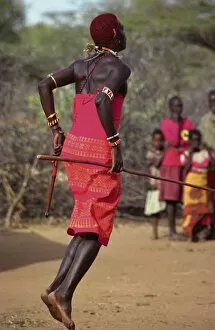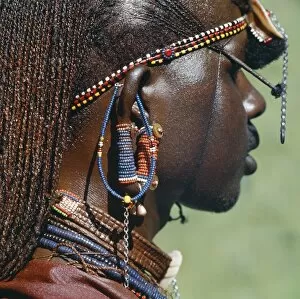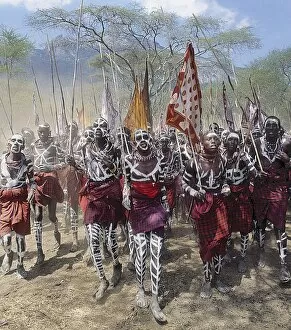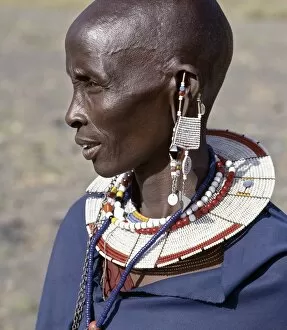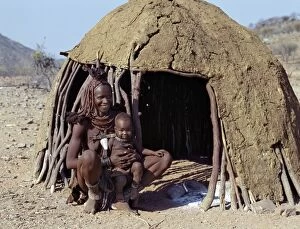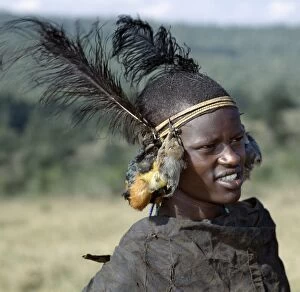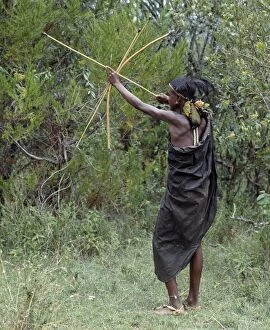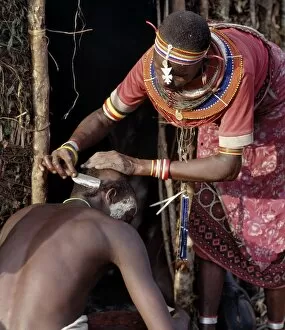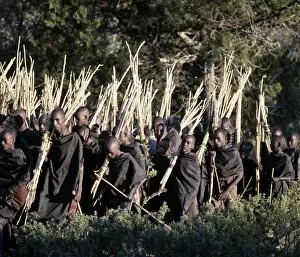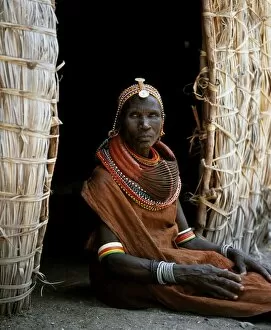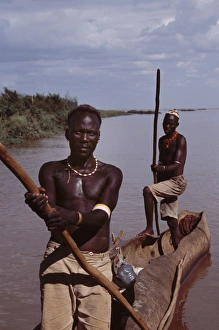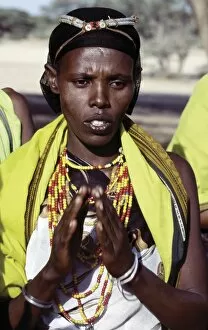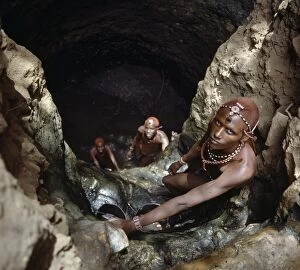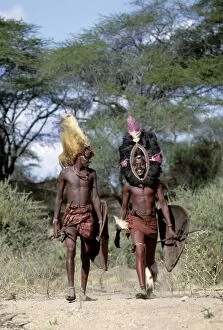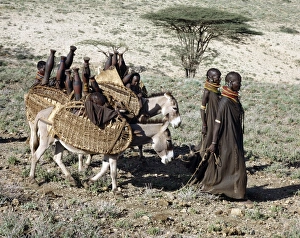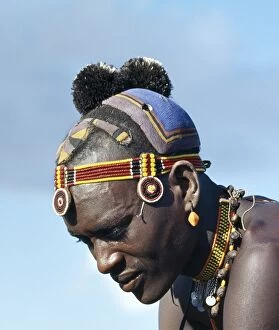Tribal Jewelry Collection
"Exploring the Rich Tapestry of Tribal Jewelry: A Glimpse into Cultural Adornments" Step back in time to witness the captivating allure of tribal jewelry
All Professionally Made to Order for Quick Shipping
"Exploring the Rich Tapestry of Tribal Jewelry: A Glimpse into Cultural Adornments" Step back in time to witness the captivating allure of tribal jewelry, a reflection of age-old traditions and cultural identities. Young Maasai girls delicately paint their faces with ochre, an ancient practice that symbolizes beauty and femininity. In the 1960s, an old Kikuyu lady gracefully picks coffee while donning her treasured ornaments, showcasing her heritage through intricate pieces. Venturing further into Africa's diverse tribes, we discover that anklets are more than just accessories for Himba women; they are symbols of status and grace as almost every woman proudly adorns them. The Samburu warrior stands tall with his long braided hair coated in vibrant ochre hues, embodying strength and tradition. Journeying to Tanzania's Datoga tribe reveals two young boys adorned in colorful beads - a visual representation of their coming-of-age rituals. Meanwhile, a Himba woman elegantly drapes herself in traditional attire, exemplifying the timeless elegance passed down through generations. Witnessing the majestic presence of Maasai warriors is awe-inspiring; their long braids sway as they move with purpose and power. Their bodies coated in ochre tell tales of bravery and resilience as they prepare for battle or celebrate victories. Intriguing contrasts emerge when observing Nyagatom girls' leather aprons or skirts side by side - each design reflecting unique stories within this community. Further south among Mursi women lies another striking adornment: large clay lip plates that signify beauty ideals deeply rooted within their culture. Lastly, we encounter Hadza youth serenading us with heartfelt melodies accompanied by a two-stringed musical instrument - reminding us how music intertwines with jewelry as expressions of identity and unity across tribes. Tribal jewelry serves not only as embellishments but also bridges connecting past traditions with the present.

